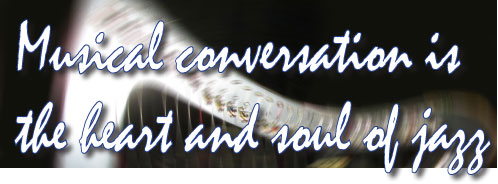 As I gear up for the next session of my online course “Hip Harp Toolkit” (starting Oct. 21st), I get a lot of questions via my “Ask a Question” link from people interested in the course.
As I gear up for the next session of my online course “Hip Harp Toolkit” (starting Oct. 21st), I get a lot of questions via my “Ask a Question” link from people interested in the course.
This particular course focuses on Holiday music as a way to create opportunities for players to put it right into practice and here’s a question I got about that this morning:
THE QUESTION
I’m wondering what Holiday pieces you’ll be using for “Hip Harp Toolkit.” While I understand I could take one of my standards and do a fresh arrangement, I’m not as interested in a holiday repertoire. However, this could depend upon the pieces!
Currently, my husband (trumpet) and I are working on a jazz repertoire – that’s why I asked about the Blues! How much of what I’d learn in “Hip Harp Toolkit” could I apply to my jazz repertoire?
THE ANSWER
I like to gear this course towards the holidays only so that people have a goal for putting the concepts immediately into practice in the real world – so that at the end of the class they’re DOING something in a very real way that they weren’t doing before the class started.
Students actually use whatever music they want – but I provide about 30 simple lead sheets of traditional classics, plus a set of 6 simple tunes I wrote specifically for the course to make it easy for students to practice the concepts they’re learning.
Is it useful for jazz?
Great question!!! And a deep one for me.
I created the course as a ‘pre-jazz’ course because I found that whenever people came to study jazz with me, they were missing some basic structural concepts.
I could teach them jazz harmony and rhythms, but they had nothing to pin those on – so they might be able to learn to play something that sounded ‘jazzy‘ but they couldn’t actually engage either with the music or with other players in a conversational way.
In other words, they could learn or memorize musical phrases, but couldn’t actually have satisfying musical conversations.
And, to me, musical conversation is the heart and soul of jazz – whether it’s a conversation with yourself or with someone else.

So I separated the stylistic elements of jazz (harmony, rhythm, ways of improvising melodically) from the structure of how it ‘works’ (which is similar to many other kinds of music that are ‘stylistically’ very different – like Sonata Form, Theme & Variations).
I want them to know how to create this basic structure, and deeply understand it, so they can always come back to it as they start adding harmonic and rhythmic sophistication, and as they start learning to improvise.
So on the surface this course is not ‘jazzy’ at all (since these same concepts can be used for many different styles of music), but functionally it is, for me, the foundation of jazz.
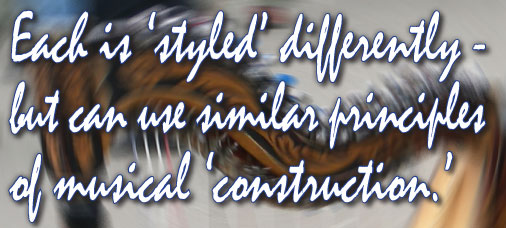
So …
What “Hip Harp Toolkit” is really about is two basic ‘concepts’:
– Internalizing a basic 5-part arrangement structure (or ‘formula’) — which is basically the formula that’s used in Jazz, Blues, Sonata Form, Theme & Variations – though in each style it’s used differently
– Learning the three musical ‘roles:’ melodic, accompanimental & bass – and how to bring them out using just two hands … or, when playing with others, how to know who’s playing what role at what time and how each player can enhance, support and engage with the other’s playing rather than getting in the way
And then …
How to actually put all that into practice. To me, this is the most important part, and why the class is structured the way it is, with homework and final projects that get people putting these ideas immediately into practice – and with my coaching, so that you can ask for the specifics of how you’d put these ideas into play in the specific projects you’re doing right now – and for each person that project may be different.
Some people are focusing on hospice playing, some on jazz, some on creating a repertoire for weddings — and each of those, while stylistically different – can use the same underlying principles of musical ‘construction.’
So, for example, if you took Hip Harp Toolkit, it sounds like you might want to do most of the homework assignments with your husband, and be asking me for feedback on how to add elements of jazz harmony, simple ways you might open up each piece for improvisation, and the easiest ways to add basic jazz rhythms.
And to give you the best answers for you, I’d have 3 questions for you:
1. Is your husband a professional and/or an experienced non-professional?
2. What’s your level, technically (are you a professional, or an experienced non-professional and in what style)?
3. Will you be gigging together in the coming holiday season?
The answers to these questions would help me gear my coaching-answers to what will most likely work for you two right now.
So let me know if that’s helpful and if you have any follow-up questions!
And that goes for you, too, if you’re reading this post. If you have questions about the upcoming “Hip Harp Toolkit” course (or anything else), use my “Ask a Question” form to ask it and I’ll get back to you as soon as I can.
And please let me know if it’s interesting or helpful to read these kind of questions and answers — whether you play the harp or not. Thanks!!

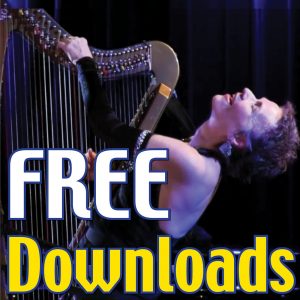
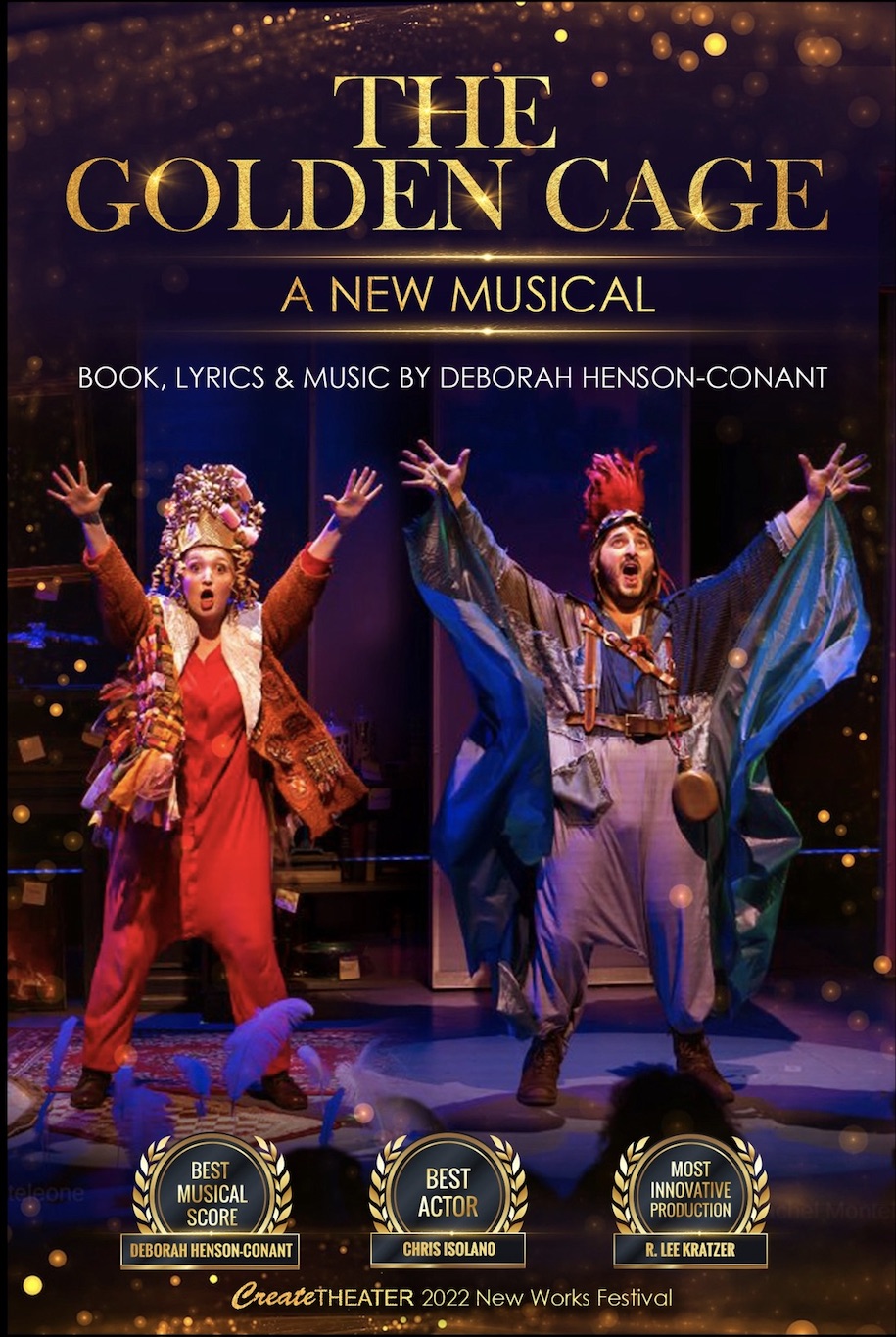
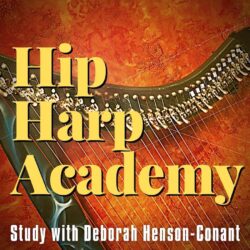
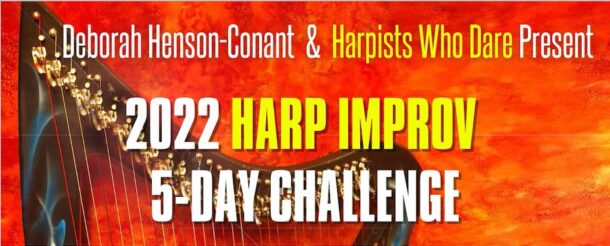
Join for Freebies, Stories & News
Join to get weekly-ish emails with stories, videos & events like concerts & classes
Yay! You should get my next newsletter within the next 7-10 days. I'm so happy we'll be in touch!
I won't ever share your email address with others - and you can unsubscribe anytime, tho most people say they really enjoy these weeklish emails.